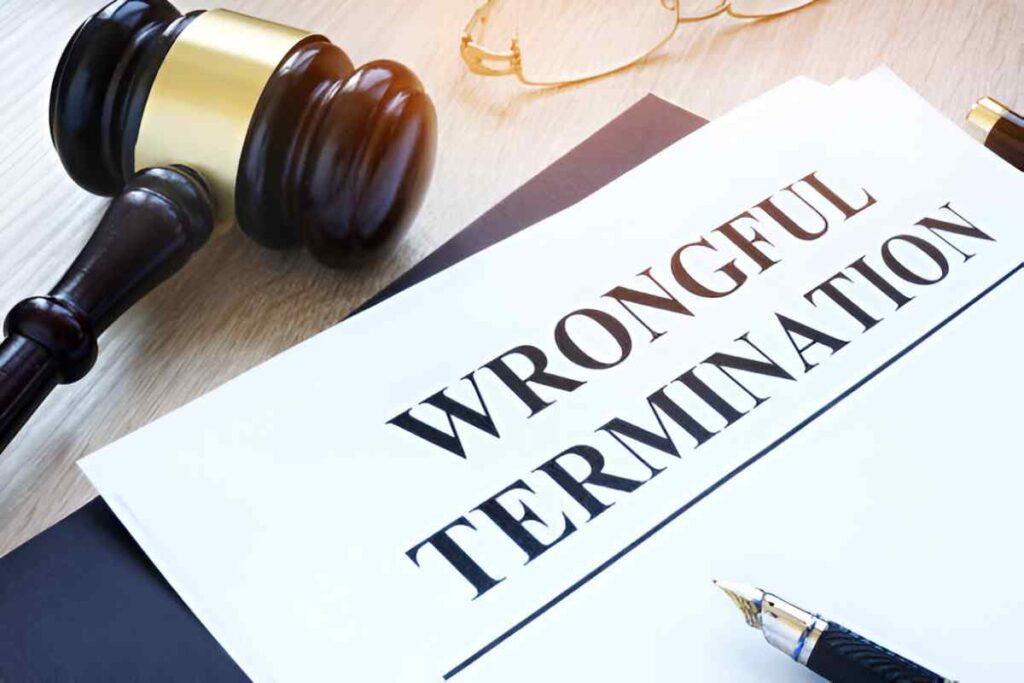As someone deeply immersed in the finance and accounting fields, I often encounter legal concepts that intersect with financial matters. One such concept is the principle of “Without Prejudice,” a term frequently used in legal communications. This principle plays a critical role in protecting parties during negotiations, ensuring that discussions aimed at settling disputes remain confidential and inadmissible in court. In this article, I will explore the nuances of “Without Prejudice,” its legal implications, and its practical applications, particularly in the context of the United States.
Table of Contents
What Does “Without Prejudice” Mean?
The term “Without Prejudice” is a legal doctrine that allows parties to engage in settlement discussions without fear that their statements will be used against them in court. When a communication is marked “Without Prejudice,” it signifies that the content is part of a genuine attempt to resolve a dispute and is protected from being disclosed in subsequent legal proceedings.
For example, if I am negotiating a settlement with a client over a financial dispute, any correspondence marked “Without Prejudice” cannot be presented as evidence in court. This protection encourages open and honest dialogue, which is essential for reaching amicable resolutions.
The Legal Basis of “Without Prejudice”
The “Without Prejudice” rule is rooted in public policy. Courts recognize that fostering open communication between disputing parties is in the public interest. Without this protection, parties might hesitate to make concessions or propose settlements, fearing that their words could be used against them later.
In the U.S., the Federal Rules of Evidence (FRE) govern the admissibility of evidence in federal courts. Rule 408 specifically addresses the inadmissibility of settlement negotiations. It states that evidence of conduct or statements made during compromise negotiations is not admissible to prove liability or the amount of a claim.
For instance, if I offer to settle a $100,000 claim for $70,000 during “Without Prejudice” negotiations, this offer cannot be used to argue that I admitted liability or that the claim is worth only $70,000.
When Does “Without Prejudice” Apply?
The “Without Prejudice” protection applies only under specific conditions:
- Genuine Attempt to Settle: The communication must be part of a genuine effort to resolve a dispute. If the discussion is not aimed at settlement, the protection does not apply.
- Dispute Exists: There must be an existing dispute between the parties. The protection does not cover hypothetical or future disputes.
- Proper Labeling: The communication should be clearly marked “Without Prejudice” to signal its intended confidentiality.
For example, if I send an email to a client proposing a settlement, I must explicitly mark it “Without Prejudice” to ensure its protection.
Exceptions to the Rule
While the “Without Prejudice” rule is broad, it is not absolute. Certain exceptions allow courts to admit otherwise protected communications:
- Fraud or Misrepresentation: If a party uses “Without Prejudice” communications to perpetrate fraud, the court may admit the evidence.
- Interpretation of Settlement Agreements: Courts may review “Without Prejudice” communications to interpret the terms of a finalized settlement.
- Costs Determination: In some cases, courts may consider “Without Prejudice” communications when determining costs.
For instance, if I falsely claim during negotiations that I have evidence supporting my position, the court may allow the opposing party to present the “Without Prejudice” communication to prove fraud.
Practical Applications in Finance and Accounting
In my experience, “Without Prejudice” communications are particularly relevant in financial disputes, such as contract breaches, debt recovery, and regulatory investigations. Let me illustrate this with an example.
Suppose I am representing a company in a dispute with a vendor over unpaid invoices. The vendor claims $500,000, but I believe the amount is overstated due to duplicate billing. During negotiations, I propose a settlement of $400,000, marked “Without Prejudice.” If the negotiations fail and the case goes to court, the vendor cannot use my $400,000 offer to argue that I admitted liability or that the claim is worth at least $400,000.
This protection allows me to negotiate freely without compromising my client’s position.
Mathematical Illustrations
To further clarify, let me use a mathematical example. Suppose a plaintiff claims damages of D, and the defendant offers a settlement of S during “Without Prejudice” negotiations. If the case proceeds to trial, the court cannot use S to infer that the defendant believes the claim is worth at least S.
For instance, if D = \$1,000,000 and S = \$700,000, the court cannot conclude that the defendant implicitly valued the claim at \$700,000. This ensures that settlement offers remain strategic rather than evidentiary.
Comparison with Other Legal Protections
It is important to distinguish “Without Prejudice” from other legal protections, such as attorney-client privilege. While both doctrines protect communications, they serve different purposes.
| Aspect | Without Prejudice | Attorney-Client Privilege |
|---|---|---|
| Scope | Settlement negotiations | Communications with legal counsel |
| Purpose | Encourage settlement | Protect confidential legal advice |
| Applicability | Between parties to a dispute | Between attorney and client |
| Exceptions | Fraud, interpretation of agreements | Crime-fraud exception |
For example, if I discuss a settlement offer with my attorney, the communication may be protected by both “Without Prejudice” and attorney-client privilege. However, if I share the same offer directly with the opposing party, only “Without Prejudice” applies.
The Role of “Without Prejudice” in Mediation
Mediation is a common alternative dispute resolution (ADR) method in the U.S. In mediation, a neutral third party facilitates negotiations between disputing parties. “Without Prejudice” communications are integral to this process, as they ensure that parties can speak openly without fear of repercussions.
For instance, during a mediation session, I might propose a creative solution to resolve a financial dispute. Because the discussion is “Without Prejudice,” I can explore options without worrying that my proposals will be used against me if mediation fails.
Potential Pitfalls and Best Practices
While “Without Prejudice” offers significant protection, missteps can undermine its effectiveness. Here are some best practices to follow:
- Clearly Label Communications: Always mark settlement-related correspondence “Without Prejudice” to avoid ambiguity.
- Limit Distribution: Share “Without Prejudice” communications only with necessary parties to maintain confidentiality.
- Document Agreements: Once a settlement is reached, formalize it in a written agreement to avoid disputes over terms.
For example, if I negotiate a settlement via email, I ensure that the subject line and body of the email explicitly state “Without Prejudice.” This clarity prevents misunderstandings and strengthens the protection.
The Economic Impact of “Without Prejudice”
From a socioeconomic perspective, the “Without Prejudice” doctrine promotes efficiency in the legal system. By encouraging settlements, it reduces the burden on courts and lowers legal costs for parties. This is particularly important in the U.S., where litigation expenses can be prohibitively high.
Consider a scenario where two businesses are embroiled in a $1 million dispute. Litigation costs, including attorney fees and court expenses, could amount to C = \$200,000 for each party. If the parties settle through “Without Prejudice” negotiations, they save 2C = \$400,000 in combined costs. This economic benefit underscores the doctrine’s value.
Conclusion
The “Without Prejudice” principle is a vital legal safeguard that facilitates open and honest negotiations. Its application in finance and accounting disputes ensures that parties can explore settlements without fear of compromising their legal positions. By understanding its scope, exceptions, and best practices, I can effectively leverage this protection to achieve favorable outcomes for my clients.





